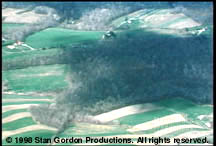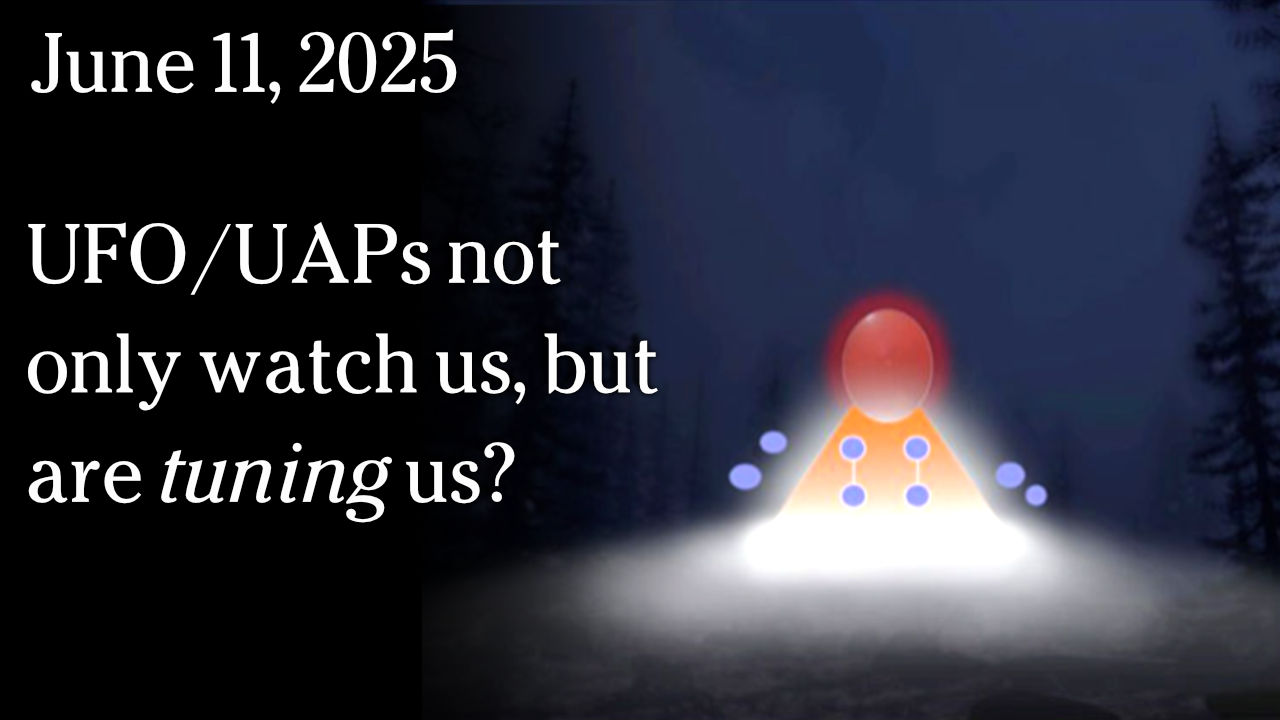

Reposted January 18, 2024 - October 25, 2003 Greensburg, Pennsylvania - In 2002, former President Bill Clinton's Chief of Staff, John Podesta, joined the Sci-Fi Channel in a request to the Bush administration to release all documents it has on the Kecksburg, Pennsylvania "UFO crash" of December 9, 1965.
Click here to subscribe and get instant access to read this report.
Click here to check your existing subscription status.
Existing members, login below:

















